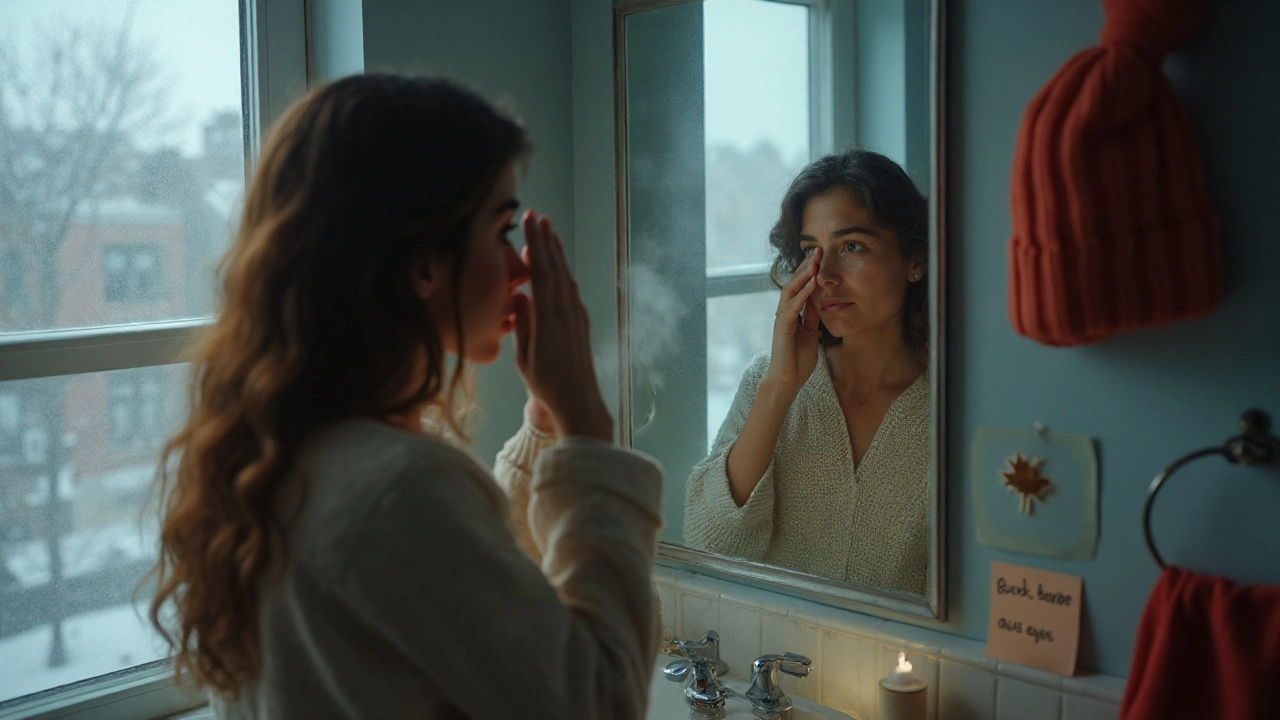Eye cancer is rare but can steal vision fast. Learn the early signs, what’s urgent, how to self-check, and when to call a doctor-backed by credible, current data.
Retinoblastoma and a White Pupil: Quick Facts for Parents
If you ever notice a white or gray glow in a child's eye instead of the usual black pupil, stop and think. That glow is called leukocoria, and it’s the most common sign of retinoblastoma, a rare eye tumor that shows up in kids under five. Spotting it early makes a huge difference in treatment success, so knowing what to look for can be life‑changing.
Why a White Pupil Happens
Inside the eye, a tiny lens focuses light onto the retina. In a healthy eye, the retina absorbs the light, leaving a dark pupil. When a tumor grows on the retina, it blocks that light, and the pupil looks white or yellow‑ish. The tumor can be tiny at first, so the white spot may only show up when light shines directly into the eye – like when you take a flash photo or shine a flashlight.
Retinoblastoma isn’t the only thing that can cause a white pupil; cataracts, infections, or retinal detachment can do it too. But because retinoblastoma can spread quickly, doctors treat a white pupil as an urgent red flag until proven otherwise.
What to Do If You Spot It
First, stay calm. Grab a photo of the eye if you can – a picture with a flash often shows the white glow clearly. Then book an eye appointment right away. An ophthalmologist will use a special camera called a fundus camera to look at the back of the eye and confirm whether a tumor is present.
If retinoblastoma is diagnosed, treatment options include laser therapy, cryotherapy, chemotherapy, or surgery, depending on the size and location of the tumor. Most children respond well when the disease is caught early, and many keep their vision.
Talk to your pediatrician about any family history of eye cancers. While most cases are not inherited, a small group runs in families, and they may need regular screening even before any signs appear.
Remember, a white pupil can be scary, but it’s also a clear warning sign that doctors can act on. Keep an eye on any changes, act fast, and you’ll give your child the best chance for a healthy outcome.
